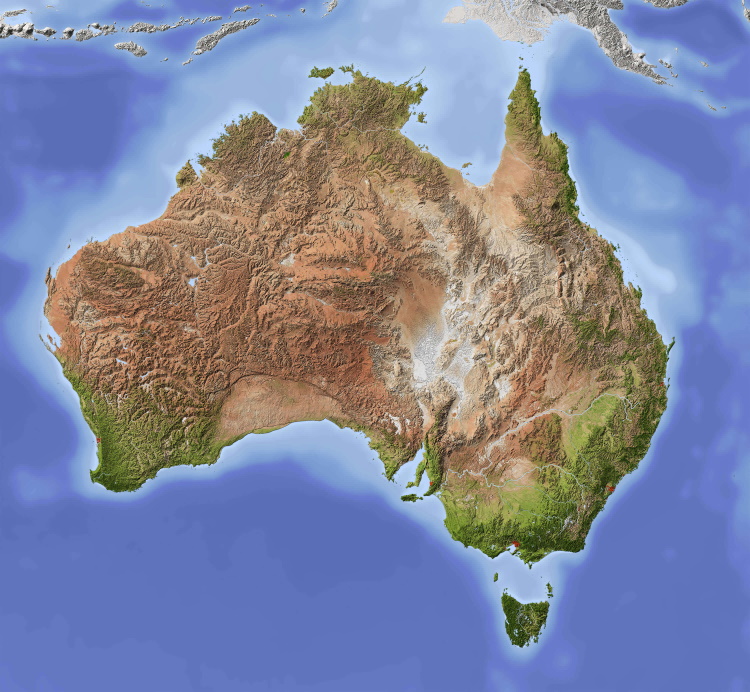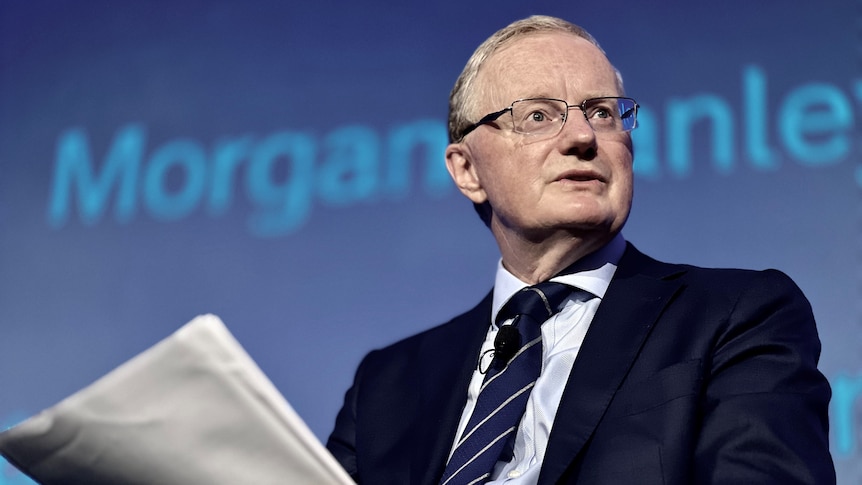On cue, there’s been a sudden spike in homes, owned for two years or less, being sold for a loss.
During the pandemic first-home-buyers splurge, just 3 per cent of properties held for less than two years were sold at a loss. That’s suddenly now leapt to 12.3 per cent.
Will be an interesting number to watch going forward.
Unpopular opinion, but if future generations are going to be able to own a home in the lands of their parents, grandparents, and great grandparents, rates need to continue to rise and debt costs need to come way up so people start using money instead of debt.
Does Australia have long long term mortgages like America’s 30 year? In canuckistan over 90% of mortgages are 5 years or less because a 10 year has a couple percent premium and by the time you hit 20 years you were looking at like an 8% rate when you could get 5 years for like 2%.
If Australia is similar to canada in that regard, the real scary part will be when the fixed rate mortgages taken out during the pandemic reset in about 2 years.
Australian mortgages are usually over a 30 year term.
So the interest rate is fixed for 30 years, or it takes 30 years to pay it off?
Variable rate, calculated daily, over a 30 year term
2 years seems to be the standard here for fixed terms. We’re expecting that cliff edge any day now.
Inflation has moved down, but it’s not going fast enough, utility price rises will continue to fuel inflation for a while yet.
It might be an equation of 12-24 months at current rates or 6-12 months at slightly higher rates.
Here are a few reasons why rates could still go up a few more times:
-
Inflation is not decreasing fast enough.
If you take fuel costs out of the latest monthly inflation data, the inflation rate would be the same as it was 2 months ago. We are also two months away from seeing the impact of energy prices cause an inflation increase and for the year-on-year measurement against fuel prices to be flat. -
If our interest rate is below that of the US, our currency exchange rate suffers.
The US is currently at 5.25% with inflation at 4.00% and two more rate increases are expected by the end of the year. Australia is at 4.10% with inflation at 5.60%. In the past, we have either increased rates to match the US, or decreased them slower than the US to improve our exchange rate. -
Throughout the 90s and 2000s, interest rates stayed around the 5.00% mark while inflation remained in the 2-4% range.
The current rates could be status quo for the next decade or two. -
The unemployment rate is at record lows.
Monetary policy expects that one of the metrics that shows the economy returning to normal levels is an increase in unemployment. More employment = less spending = prices drop due to lack of demand = inflation drops. -
Companies are still comfortable with the demand for their products and services at current price levels.
Many companies are still increasing prices and have not reached the point where consumers have stopped buying. We either to reach the point where prices are unacceptable for consumers, industry competition lowers prices, or some kind of product / innovation kills the demand.
-






